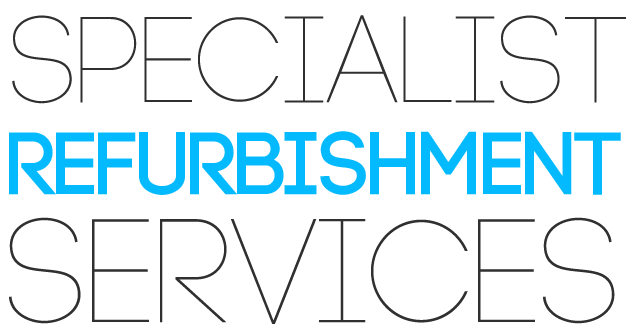The Process
Strategic Briefing
During phase 1 we analyse the requirements of the client and seek to define a clear strategy for the particular project. Typically phase 1 ends with a strategic briefing document being produced which forms the basis for the overall project.
Some of the keys points we look to cover during phase 1 include but are not limited to the following:
Identify key project parameters – constraints and objectives
Programme and business critical timelines
Agree level of business unit consultation
Identify CSR issues – environment
Property review/options
Change management opportunities
Budget and capex
IT Strategy
Project management
Procurement route
Prepare master programme
Information Gathering
Based on the strategic brief which has been collated we then set about information gathering which would typically be the following:
- Identify interviewees for the consultation process
- Hold interviews and meetings and carry out appropriate audit work to flesh out the brief
- Hold meetings to feedback the brief parameters to the steering group
- Investigate areas of particular concern
- Summarise the findings as a design brief
- Obtain record drawings for the buildings in question (architectural, mechanical and electrical installations)
- Carry out appropriate building surveys – dimensional checks, services and infrastructure review
- Produce CAD drawings of the structure and ceilings
- Investigate IT requirements and constraints
- Hold preliminary discussions with the District Surveyor and the Landlord if appropriate
Concept Design
We take forward all the information gathered in phase 1 and 2 to prepare initial concept ideas for the project. Typically this would include but not be limited to the following:
- Carry out building analysis
- Prepare comparison report and layouts if more than one building is being considered
- Prepare block & stack plans and test fits
- Review building services in relation to proposed layout/occupancy
- Look at IT logistics and planning
- Explore look and feel concepts using mood boards
- Consider possible furniture solutions
- Liaise with the project team to ensure the design meets the tenant’s requirements.
Schema Design
Phase 3 would normally result in a sign off process agreeing key points to enable the project design process to progress into scheme design and then detailed design.
- Produce detailed space plans
- Use samples, models, site visits and other appropriate means to establish the optimum layouts
- Develop M&E services design and prepare performance specification
- Hold preliminary discussions with approved inspector
- Consult with appropriate environmental assessors (BREEAM, LEED, SKA) as appropriate for the project
- Investigate furniture options and iterate to sign off
- Provide cost modelling options
- Develop project programme
- Use mood boards, 3D visualisations, photographs, material samples and other appropriate means to conduct “image” sessions to closely define the desired aesthetic and to ensure that there is consensus
- Develop the outline design and communicate this development through a series of meetings, and reworking of the scheme until satisfactory sign-off.
Detailed Design
Phase 4 would normally result in a sign off process to enable the project to progress into the detailed design stage. Key activities during phase 5 include the following:
- Produced detailed construction issue drawings
- Finalise M&E services design
- Submit Building Regulation Application
- Produce a block plan strategy for phasing as appropriate
- Provide cost input.
- Maintain budgets and advise on value engineering as required.
- Staff consultation & Discussions
- Prepare plans for approvals – both statutory and landlord’s.
- Assist the tenant in staff PR as required.
- Provide design specifications and services in relation to CDM
Implementation
We undertake to supply the following construction services:
- Communicate with the client representatives
- Appoint sub-contractors
- Furniture procurement
- Take responsibility for assessing quality on the project
- Review project timescale and manage process
- Hold regular, informative meetings so that the client is fully aware of progress and issues
- Review the Health and Safety File in conjunction with the CDMC
- Scrutinise all required permits for the execution of the works
- Ensure production of as-built drawings and manuals
- Ensure the Health and Safety File is delivered to the client
Support
We undertake to supply some or all of the following management services during Phase 7:
- Organise removals if required
- Provide relocation plans and supervise such relocations as required
- Ensure that IT support is on-hand to re-commission IT equipment when finally located
- Hand over project to Warranty Support Manager who will respond to any issues during the 12 month defects liability period
